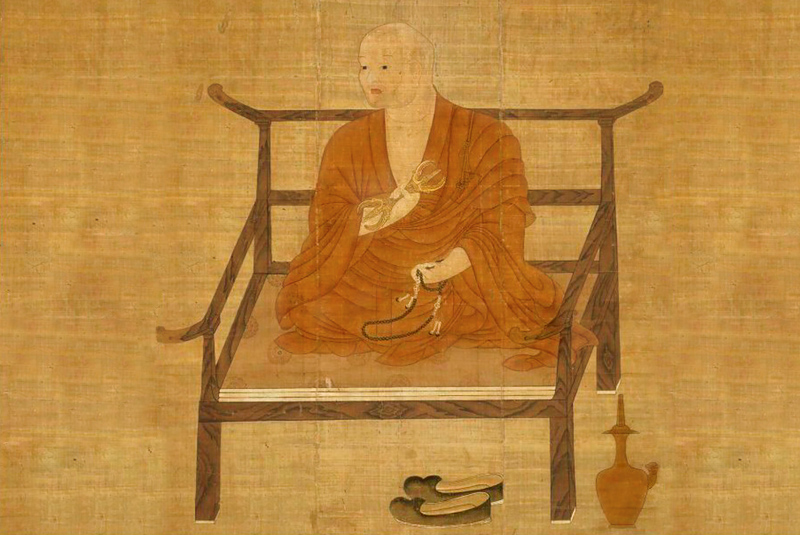India’s historical cultural linkage with Japan through Buddhism is a widely acknowledged fact. However, not many know that the syllabic alphabets in the Japanese language are devised and arranged after the pattern of Sanskrit – or for that matter that the five vowel sounds in Japanese are pronounced precisely as we do in India.
Japan had no writing system till the Chinese texts of Buddhist Sutras were introduced in the early sixth century. However, it was not possible to use these characters for writing Japanese, since these languages belonged to entirely different families, having no similarity in syntax, lexicon, pronunciation, grammar, and structure.
Chinese is a tonal language of the Sinitic branch of the Sino-Tibetan language’s family, whereas Japanese is an open syllable (one which ends with a vowel) language of the Japonic branch of Altaic languages. Dr Robert Caldwell, in “Comparative Grammar of the Dravidian or South Indian Family of Languages”, published in 1856, has suggested that Japanese is closer to Korean, Mongolian, Turkish and Tamil of the Dravidian family. Professor Ono Susumu, Japanese language and literature scholar, in his “The Origin of Japanese,” published in 1987, has also reaffirmed the affinity of Japanese and Tamil.
Copyright©Madras Courier, All Rights Reserved. You may share using our article tools. Please don't cut articles from madrascourier.com and redistribute by email, post to the web, mobile phone or social media.Please send in your feed back and comments to [email protected]











